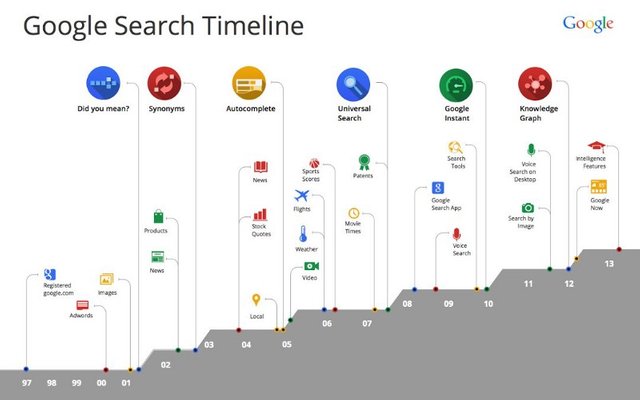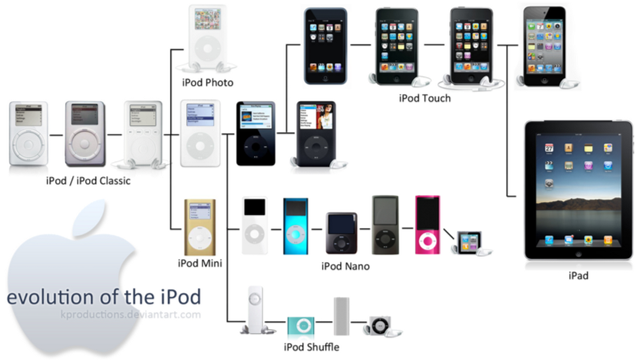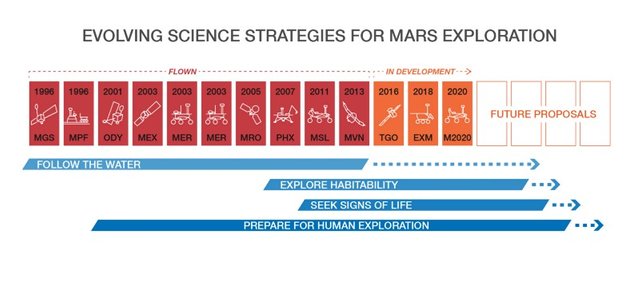The "Scalability" of things
The word scalable means everything that can be inserted in steps and so working in a scalable way means that your project will not be developed all at once.
The experience will be planned and divided into stages, where each of them must clearly have a goal to be achieved. The first step should essentially support the "Heart" of the product: what should people do to minimize their product? What need do they propose to attend? Already the others will vary according to the nature of the project, the need of the people and the strategy of the business.
We can have a series of micro-steps with small evolutions in short space of time, or more robust steps that happen in larger intervals of time.
Startups live this much in their daily life with their "MVPs", but many of them do not have the opportunity to, after launching, continue to develop the product from the experience and analysis of information collected with their audience.
Scalable projects are based not only on a faster viability of the product but also on the planning and the need to have a short, medium and long term vision.
In this type of project, the collection of information still in the strategic phase is essential so that the steps are well planned and organized. It is necessary to know what the business objective is, what problem we want to solve, with which people we want to talk and how the ecosystem in which we intend to insert ourselves: Research, hypotheses and validations.
Strengths
Having a holistic view of the project allows the team to build an experience that actually analyzes how people use a particular product and the points of attention found along the way, and with that, make decisions that can affect the next steps, anticipating possible problems And identifying opportunities to evolve and continue to deliver an innovative and competitive experience. Steps need to be flexible, assuming that the results of the previous steps can result in changes in direction.
Another positive point is that it avoids not only the frustration of expectations built on hypotheses that have not been validated but also reduces the amount of rework and impact on other teams by channeling energy into ideas that are realized and evolve consistently.
I always try to do some things to ensure that the steps are consistent and flexible so that they continue to make sense for experience:
- Establish steps with concrete goals that are aligned with the needs of the people and objectives of the organization;
- Create schedules to have a way to keep up with the steps;
- Organize qualitative and quantitative monitoring routines;
- Perform A / B tests;
- Make Scenery tests;
- Develop flows;
- Always analyze and draw conclusions. How do the results of these studies impact the current stage and the following?
Conclusion
Thinking in a scalable way is nothing new, or something just used by Startups:
Business is thought like this
Products are also thought like this:
And even space travel is thought like this:
I like to think that scalable projects unite Art and science, because it combines the ideas plan with research, analysis and planning.
It is necessary to understand the people, the market in which your project is inserted and other cultural nuances. You need to know how to work with simplicity and planning, understanding how far your project can and wants to get.
Ironically simplicity can be hard to come by, and so I like the AOF method presented by author Joshua Porter in his book, "Design for Social Web." It helps us precisely to understand and reflect on what minimally people need to have, so that the project can be used and from there evolve and insert new features, functionalities, interactions.
Most importantly, for a scalable project to be developed consistently, flexibly, and meet business and people expectations, the teams involved are aligned and planning is shared, understood, and respected by all. If there is no such synergy between teams, at each new stage the project will lose its distance from its purpose, bringing the risk of suffering great impacts and inconsistency in the experience.





Scalability is why "software is eating the world"
Scalability means it has the room for exponential growth. Simple as that.
Many projects today are delivered incrementally in the staged approach you describe (scalable). The 'Agile' project methodology even caters for this.
https://en.wikipedia.org/wiki/Agile_management
Regarding Steemit and other crypto offerings, these need to be incrementally developed as there will be limited funds for initial development and timeframes will not allow for all development to be conducted up front.
Steemit is still in its early phase. A lot of content is still about or references Crypto and while this is not a bad thing, it shows that the community is still largely the crypto community.
Crypto needs to be the way Steemit is delivered and not a required element of understanding before it will go truly mainstream.
Very well placed @grizgal
Thanks for your support!
Are you a project manager?
I am UI/UX Designer.
This comment has received a 0.05 % upvote from @booster thanks to: @kozak.
I have managed many projects yes.
Once we start to get more non-crypto people and get out of being a niche crypto related blog site things will take off.
Exactly! I'm an example of this change, before I just wrote about cryptocurrency, so a comment from @steempower motivated me to show a little of my world ... Since then I've been writing about User Experience and Design.
I know that there is not a big public for the subject at the moment, but since it has not, let's create!
Exatamente isso! Geral falando de escalabilidade como se tivessem descoberto a roda. Bem pontuado.
E cara do céu! Olha esse potential payment!
Haha, acho que alguma baleia gostou do que viu aqui ;P
This comment has received a 3.82 % upvote from @booster thanks to: @kozak.
https://steemit.com/food/@jonuzi/some-of-the-best-summer-cocktails
A good point - that scalable project are a mix of science and art, looking in both details and tactics as well as long term and strategy. It might seem simple but if the creators of a product or start up have no clear vision of how they see their venture in the future, it is much more likely to be doomed and unsuccessful.
I'm glad you think like me :)
It's weird that such an interesting post doesn't have so many comments yet!) thank you!
Thanks for the support
scalability is required for a business to continue successfully, nothing new.
Great post ! Plus with a hint of space, I love it. I do agree on the scalability of things it's almost pretty to look at it from afar, I invite you to look at the history of unix versions it's a huge tree, very funny to look at.
By the way if you like technology/gaming/personal development I'm writing about it, you might like it :)
Okay, I'll take a look.
FOLLOWED @kozak. That's so true. Trying to take the whole big task at once without breaking it that way will surely drain our strength and limit our progress
Thank you for your support
You are welcome
very interesting post
Thank you very much ;)
Honestly, I'm not sure that Steem is very scalable. The most prolific folks on here are devs, people that are going to get audited, and that girl that travels around Asia. The other niches are very hobbyist.
In fact, I think in a similar way, but we have to understand that the platform as a whole still has a lot to evolve (in relation to content diversity) and those who are writing in different niches, which does not yet have a large audience later When this public appears it will be rewarded * - * (so I hope ...) I noticed that there was little content related to Design and User Exeperience and here I am ... trying to form a public .....